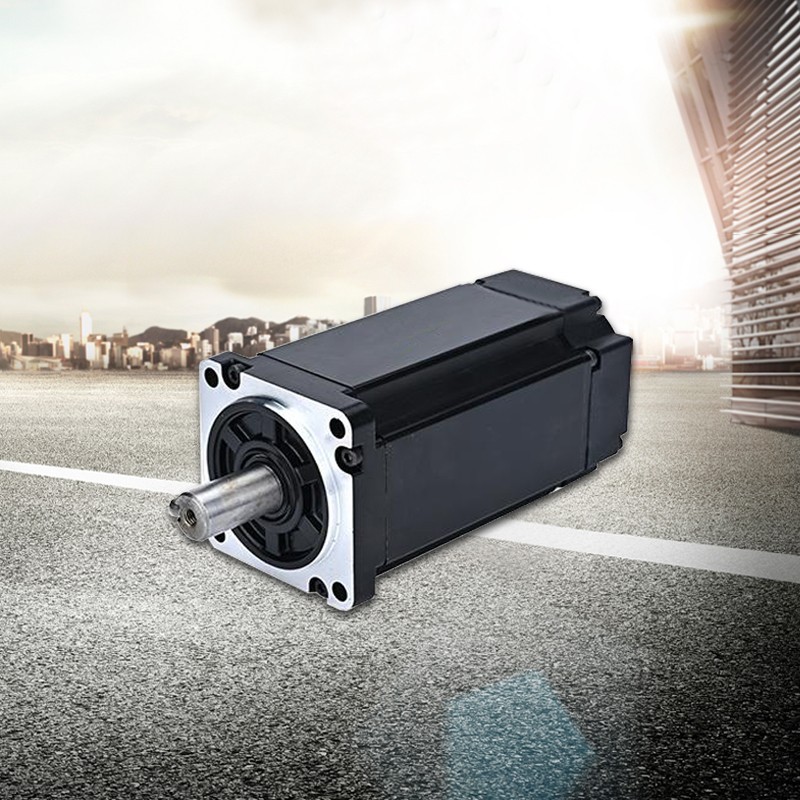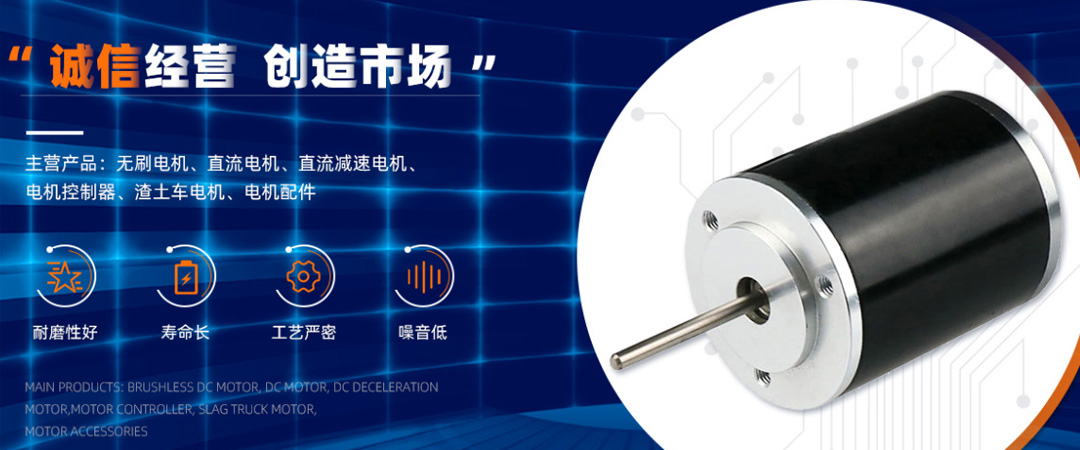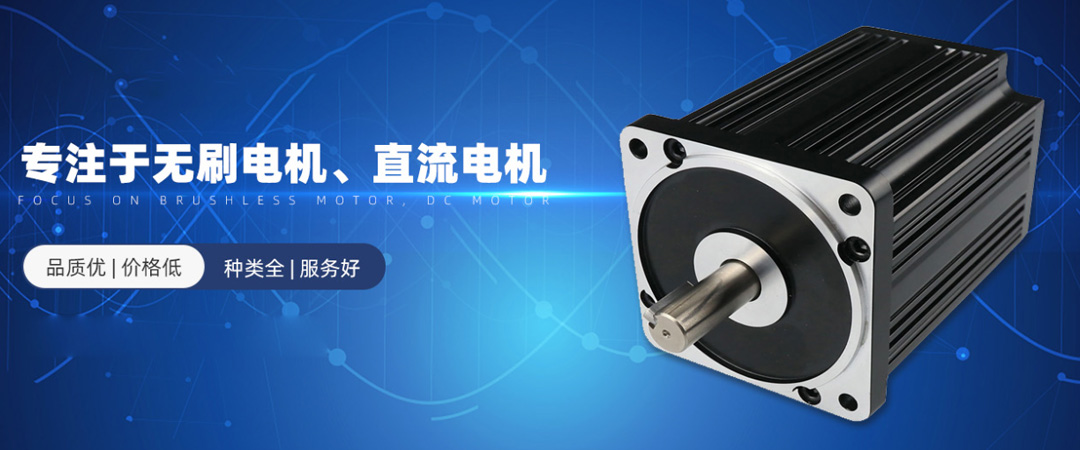What are the protective devices for brushless motors
Brushless motor is an advanced motor technology with advantages such as low noise and low maintenance costs. However, due to its unique working principle and usage environment, the motor also faces some potential risks and challenges. To address these issues, various protective devices have been developed to ensure safe and brushless operation.
Firstly, overcurrent protection is one of the common protective devices for brushless motors. When the motor is running, if the current exceeds the design range, the overcurrent protection device will automatically cut off the power supply to prevent damage or malfunction of the motor.
Secondly, overheating protection is another important protective device. Due to the heat generated by brushless motors during operation, the overheat protection device can monitor the temperature of the motor and take measures when the temperature exceeds the safety limit, such as reducing the motor speed or cutting off the power supply, to prevent damage caused by motor overheating.
There are also other protective devices, such as overload protection, locked rotor protection, and short circuit protection, which can effectively protect brushless motors from damage or malfunction.
In summary, the protective device of brushless motors plays a crucial role in ensuring their safe operation and extending their service life. When selecting and using motors, we should fully understand and make reasonable use of these protective devices to ensure the reliability and stability of the motor.
Firstly, overcurrent protection is one of the common protective devices for brushless motors. When the motor is running, if the current exceeds the design range, the overcurrent protection device will automatically cut off the power supply to prevent damage or malfunction of the motor.
Secondly, overheating protection is another important protective device. Due to the heat generated by brushless motors during operation, the overheat protection device can monitor the temperature of the motor and take measures when the temperature exceeds the safety limit, such as reducing the motor speed or cutting off the power supply, to prevent damage caused by motor overheating.

There are also other protective devices, such as overload protection, locked rotor protection, and short circuit protection, which can effectively protect brushless motors from damage or malfunction.
In summary, the protective device of brushless motors plays a crucial role in ensuring their safe operation and extending their service life. When selecting and using motors, we should fully understand and make reasonable use of these protective devices to ensure the reliability and stability of the motor.



